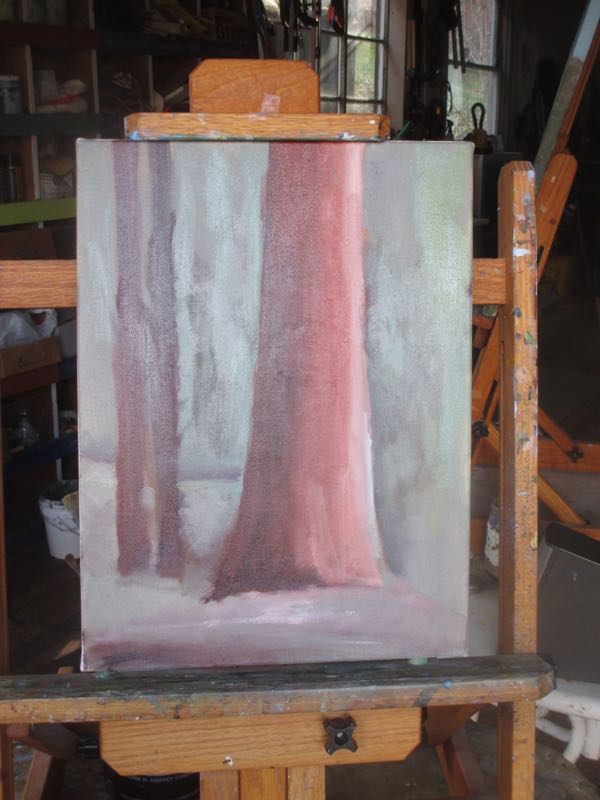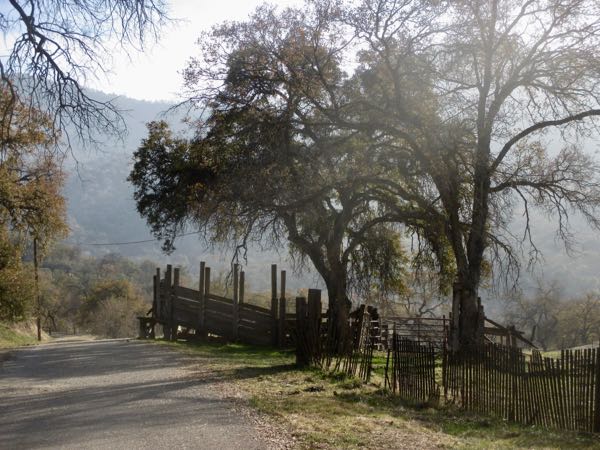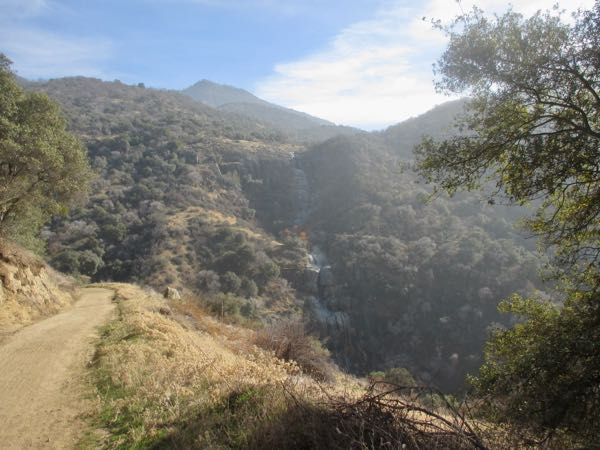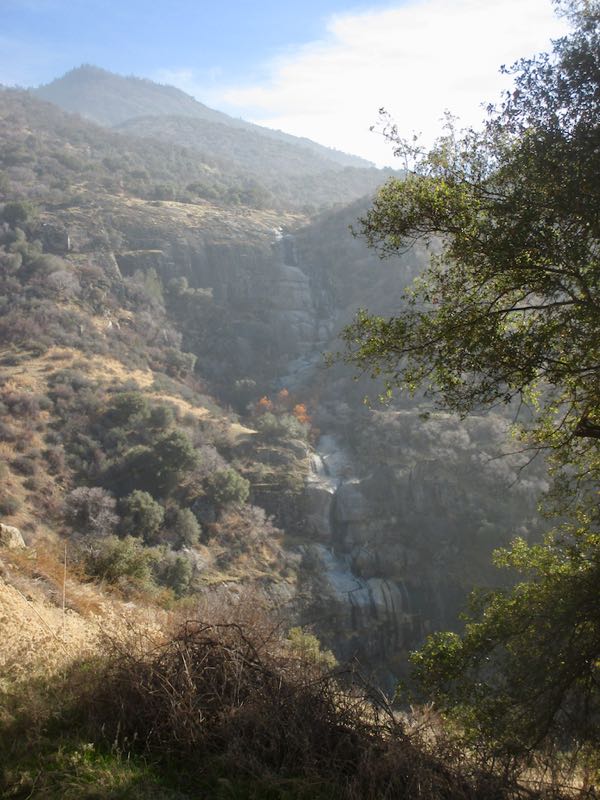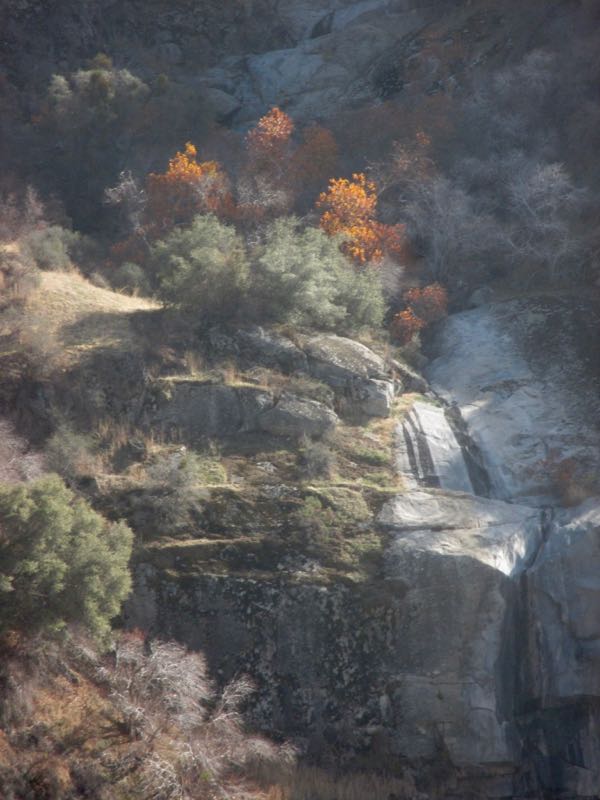When I paint, I use only the primary colors, a manner called the “double primary palette”. This is because it has 2 yellows, 2 blues, and 2 reds. (White doesn’t count and the purple at the end is a mix I always make when I begin painting.)
This is a colored pencil version of that simple collection of colors.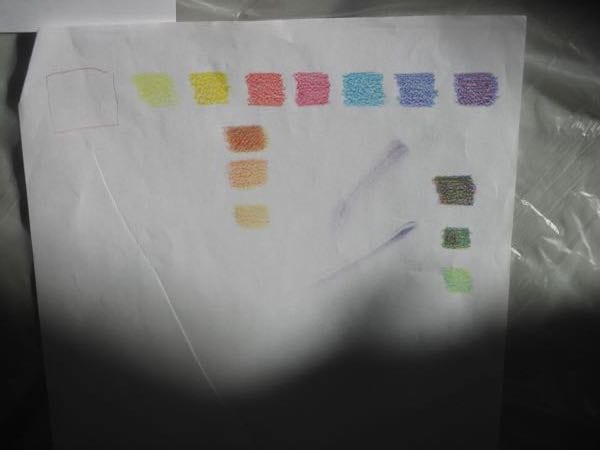
You may recall that I bought a box of 12 colored pencils recently and really liked the way they work. My favorite non-drawing pencils are Blackwings, so I was eager to try their colored pencils. You may also recall that I thought it was too bad the box only held 12 colors, 2 of which aren’t very useful to me – black and silver. This box does not contain the double primary palette; although there are 2 blues, there is only one red and one yellow. (2 greens don’t count because green is not a primary color.)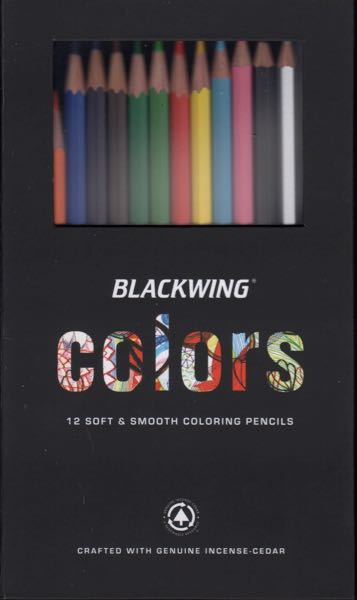
On the January Three Rivers First Saturday, I hung out at Anne Lang’s Emporium with coloring books and oil paintings. While I was in between visitors, I experimented with the Blackwing (weird – shouldn’t these be called “colorwing”?) colored pencils. Could I create the full range of colors as if I had one of my sets of 120 (either Polychromos or Prismacolor)?
Here are the results. 2 of the grape clusters, part of the trunk and a few of the leaves were colored with the large set of pencils. The rest was done with only 10 colors from the box above.
Nice, eh? Layering and layering and layering. . . still lots of white paper to be covered here.
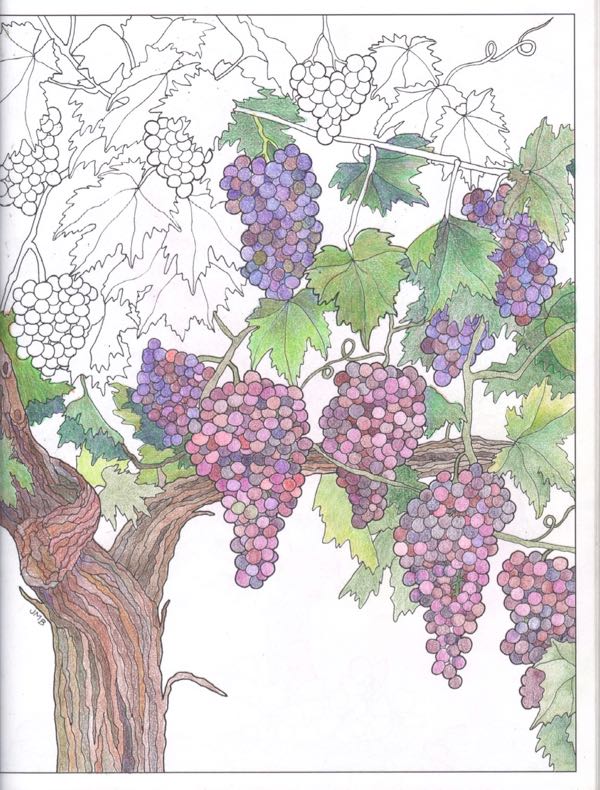
P.S. This page is from the coloring book Heart of Agriculture, and I haven’t found the hidden heart yet in spite of the fact that I am the one who drew this picture.
P.P.S. The colored pencils are available on this site: Pencils.com The wood is California cedar, the company is in Stockton, and the pencils themselves are manufactured in Japan. They are $19.95 for a set of 12, plus all the usual add-ons like exorbitant sales tax and shipping.
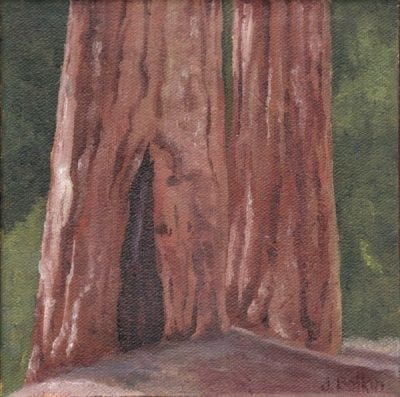

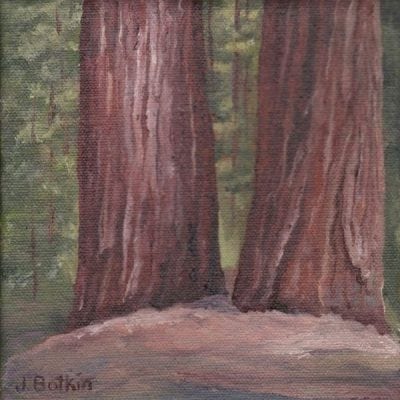


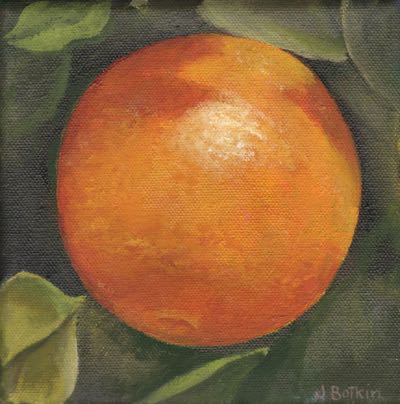
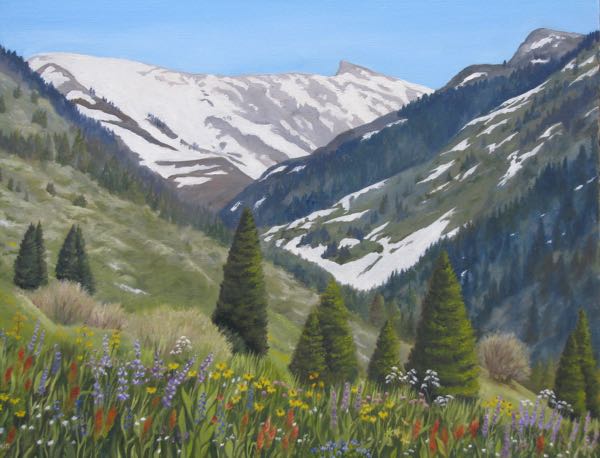
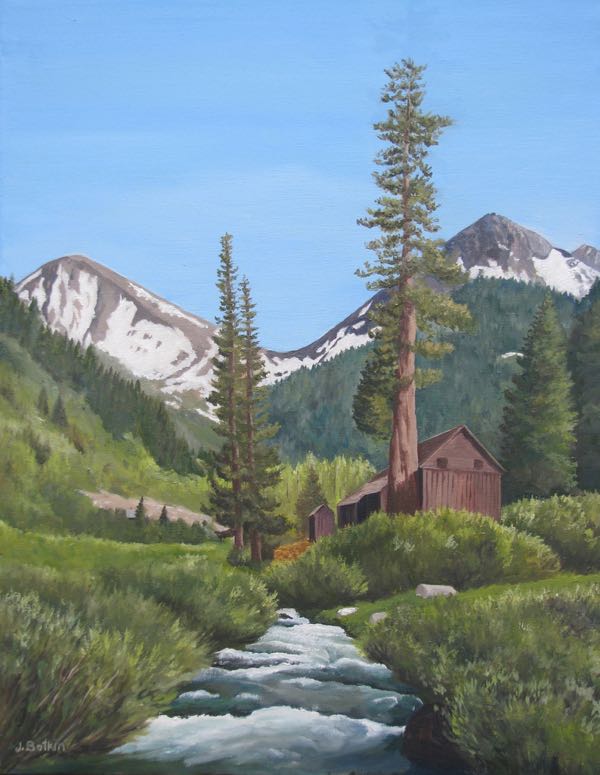

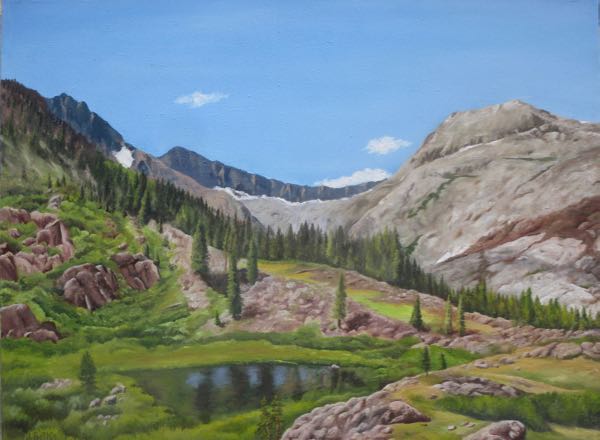

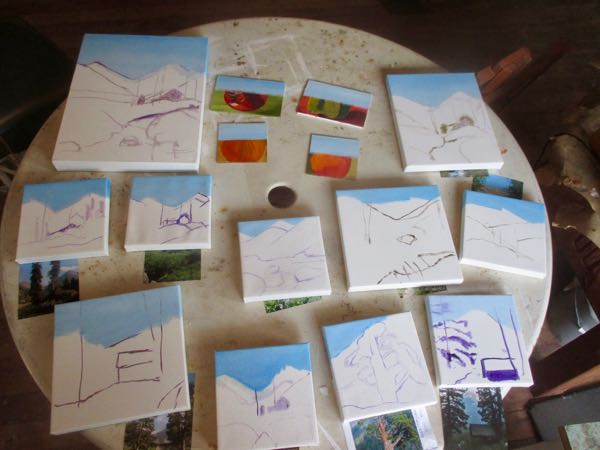
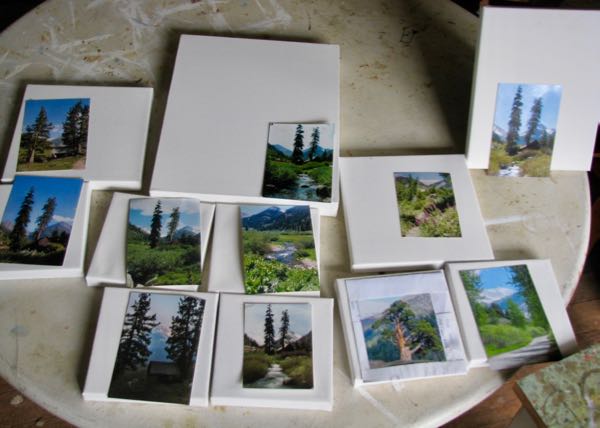
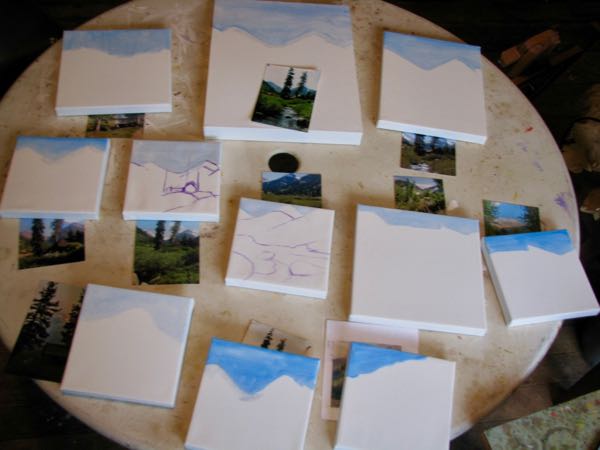
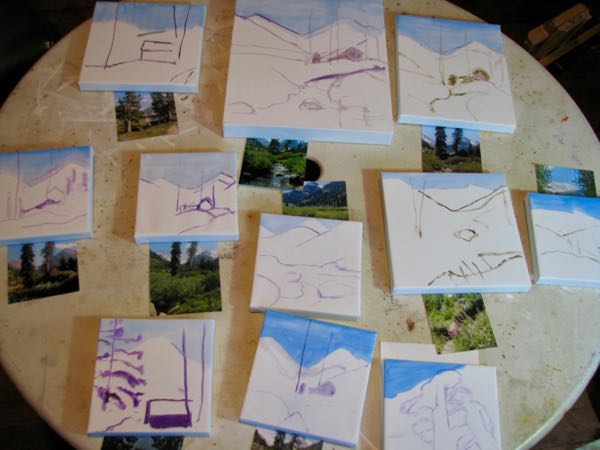
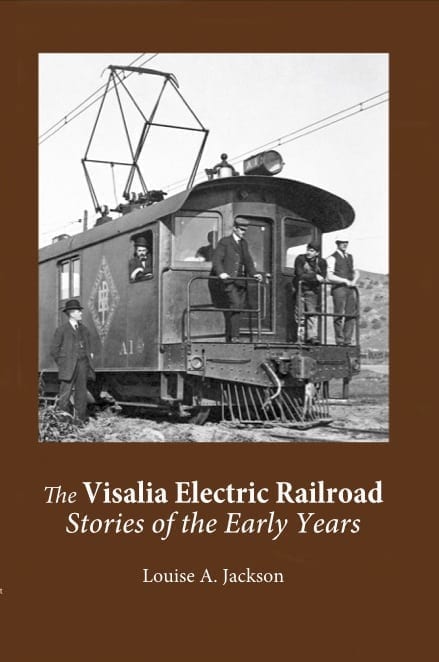

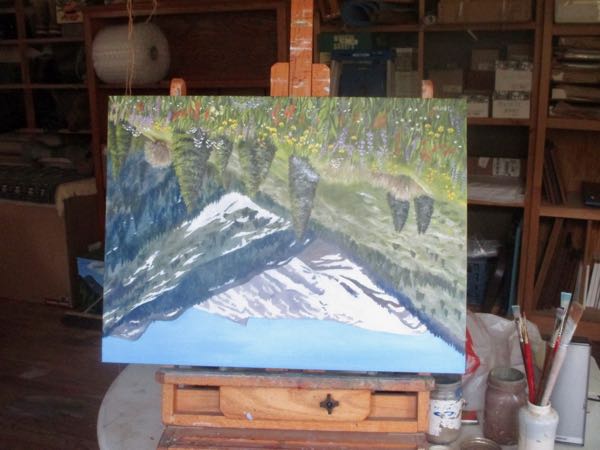
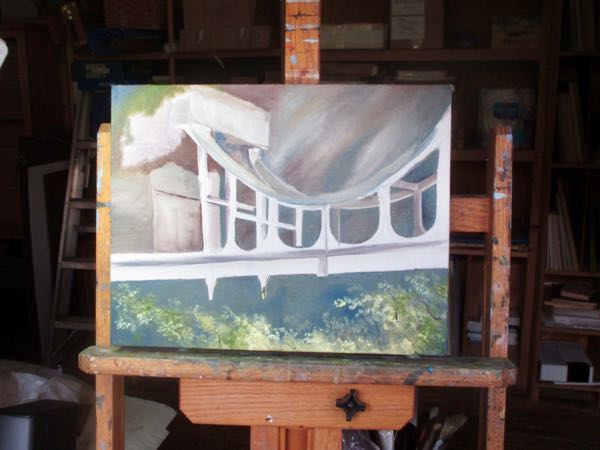
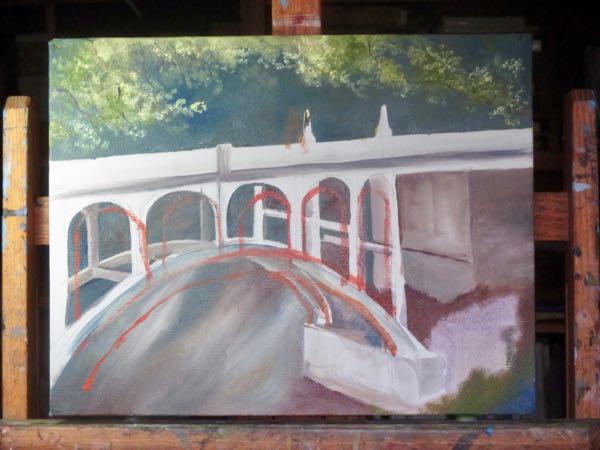
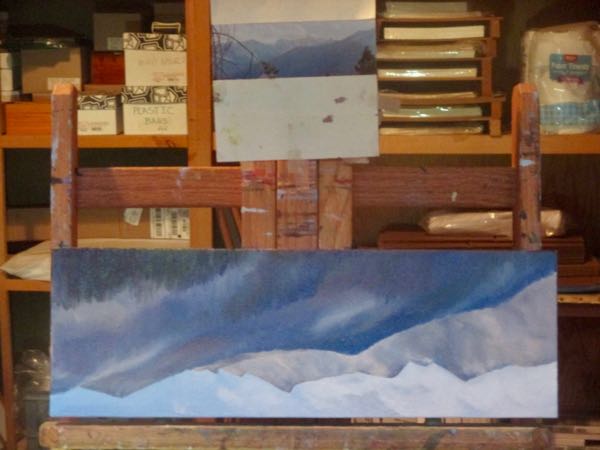
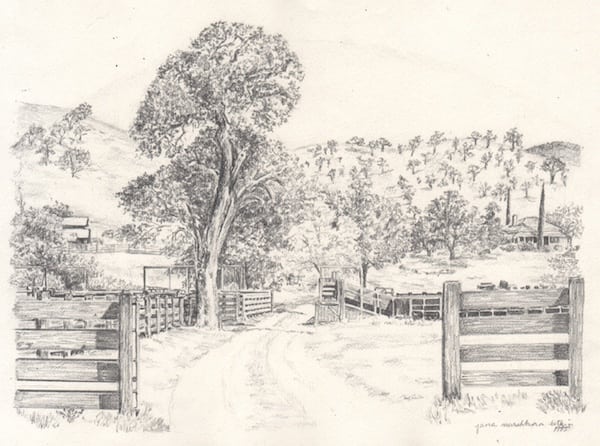
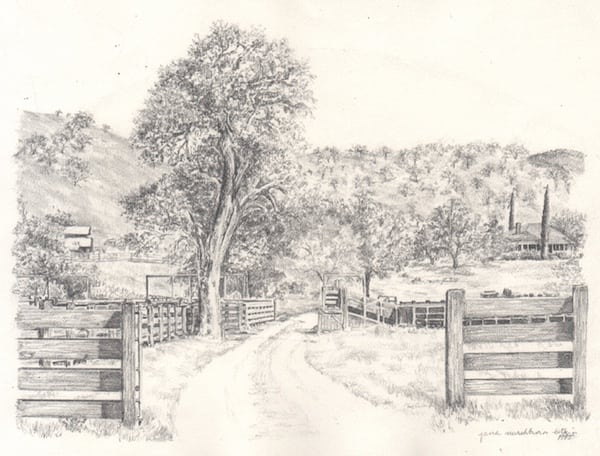
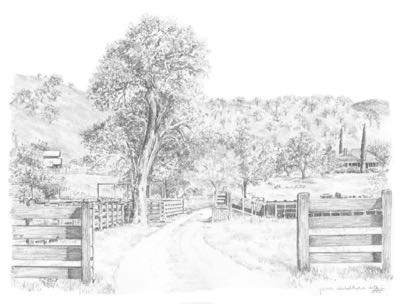



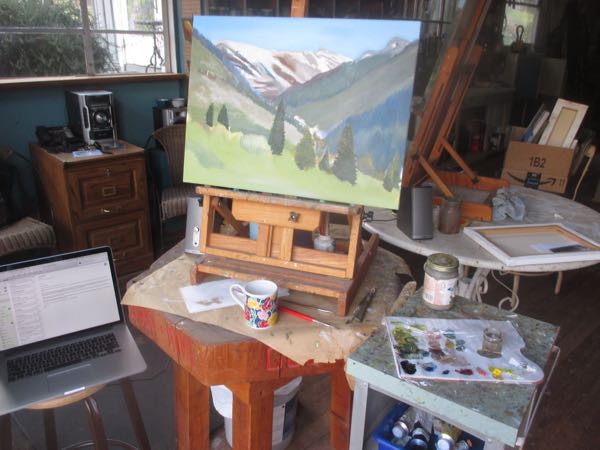
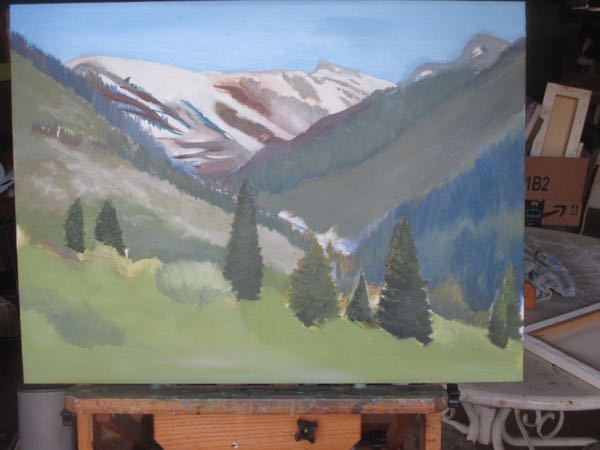
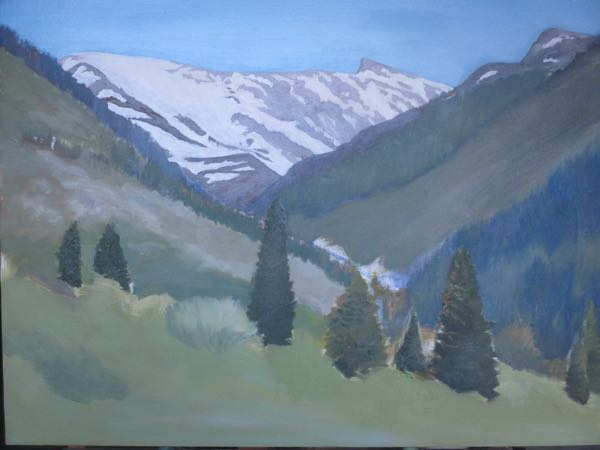

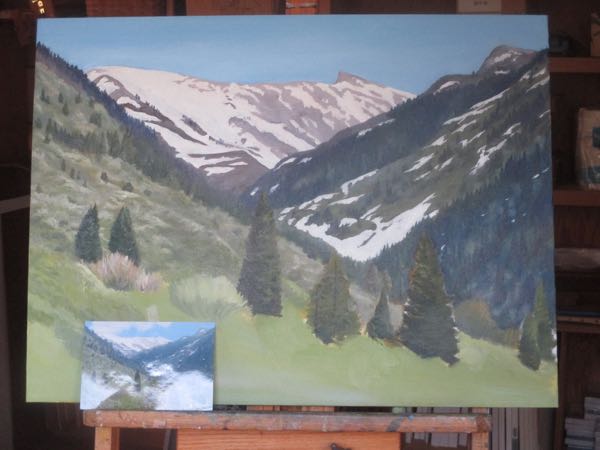
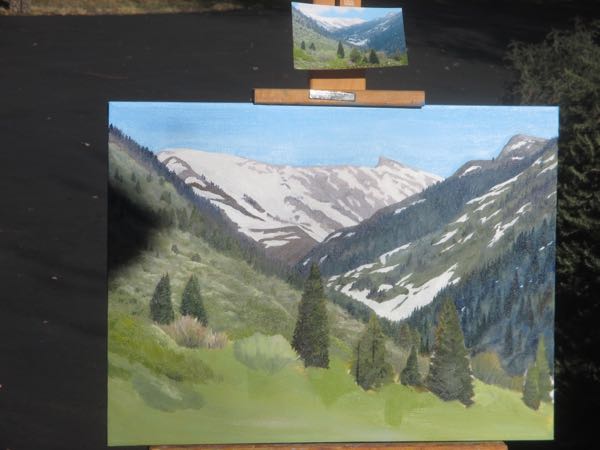
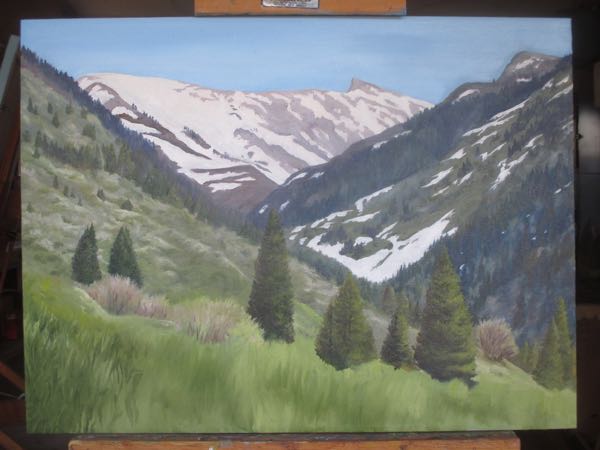
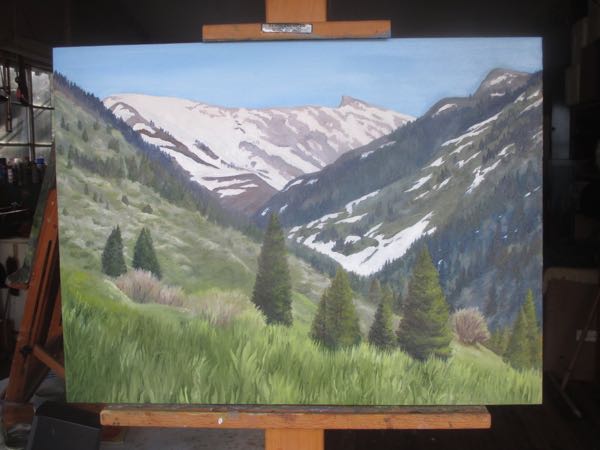 When all those green grasses are dry enough, I will add wildflowers. Then I will probably revisit some of the upper parts, add a few more details, correct some more color.
When all those green grasses are dry enough, I will add wildflowers. Then I will probably revisit some of the upper parts, add a few more details, correct some more color.
